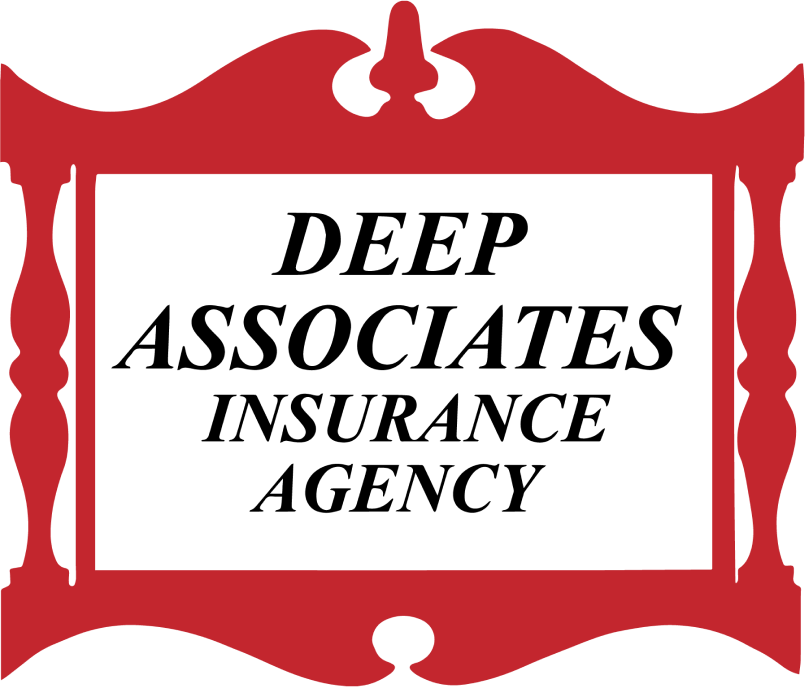Fire safety tips that will prepare you and your family – so your life doesn’t go up in smoke!
# 1 – Functioning Smoke Detectors or Fire Alarms
Did you know that your risk of dying in a home fire is cut in half in homes with working smoke alarms? There should be a minimum of one smoke detector on every level. Be sure to have one in each bedroom and one outside of each sleeping quarters. The larger the home, the more you will need. For more information, visit the U.S. Fire Administration website .
- Test alarms monthly by using the test button
- Replace the batteries at least once per year – we recommend doing it at Daylight Savings Time
- Replace alarms every 10 years
# 2 –Functioning CO Detectors
Make sure there is an alarm on every level, especially around sleeping areas. Carbon monoxide leaks can be very difficult to detect because it is an odorless, colorless gas. This is why it is so important to service carbon monoxide detectors regularly. Victims are often caught off guard or sleeping. More than 20,000 in the U.S. end up in the Emergency Room annually because of unintentional carbon monoxide poisoning!
- If an alarm sounds, do not try to identify the leak yourself. Move immediately to fresh air and contact emergency responders (911)
- If you need to warm your vehicle, move it outside after starting. Do not leave it in the garage, even with the garage door open
- Check dryer, furnace, stove, and fireplace vents and clear any blockages or debris
# 3 – Service Primary Heating System
Have an annual service contract with a licensed specialist to come inspect your homes heating system and perform any cleaning or maintenance services that may be necessary. Home heating fires are the second leading cause of home fires.
Replace your heating system every 15-20 years. Running older systems can greatly increase the chance of fires.
# 4 – Inspect Secondary Heat Sources
If you have a secondary heating system such as a fireplace, wood stove, pellet stove, or space heater you are going to want to take extra precautions. It’s certainly nice to be able to obtain comfortable heat in smaller or more targeted areas of your home, but having these systems means having an increased risk of fire.
- Make sure they are serviced and cleaned frequently
- Do not overfill or use anything other than what the unit was intended for
- Do not place shoes or clothes or anything flammable too closely to secondary heat systems to attempt to dry or warm them! Putting on warm boots may sound
appealing, but not at the expense of your house burning down
# 5 – Ventilation
Be sure all sources of heat have proper ventilation.
- There should be no debris or anything flammable or combustible within 3 feet of any source of heat
- Do not block baseboards, radiators, or any other heat source with furniture
- Check that intake and exhaust vents are clear of soot and debris where applicable
# 6 – Burn candles safely
It’s the time of year for warm, cozy scents to comfort us during the cold months. Often times, this includes the burning of scented candles. For more candle safety info, visit candles.org
- Burning candles should always remain in sight
- Keep out of reach of children and pets
- Trim candle wicks to prevent high, flickering flames, and always burn in well ventilated areas
# 7 – Safe holiday preparations
Decorating for the holidays is a fun tradition for many families. Below are some fire safety tips to be sure there aren’t any unwelcome surprises.
- Do not have live trees near open flames, such as a fireplace. Do not block any room exits
- Water live trees daily
- Check bulbs and strands every year – do not use strands with frayed wires or broken bulbs
- Do not connect more than three light strands together on the same outlet
- Consider using battery-operated / flameless candles
# 8 –Plan a Fire Drill
- Have a map/blueprint of your home showing all windows and doors
- Pick a meeting place outside for everyone to gather – be sure it is a safe distance from the home
- Conduct a fire drill at least twice per year – It’s not a bad idea to practice at night to see how easily everybody wakes up to the sound of the smoke detectors and executes the fire plan while sleepy
- For homes with more than one level, you should consider purchasing Fire Escape Ladders to put near a window in each room. You can view a Guide to the Best Fire Escape Ladders here for reviews of a few different options
# 9 –Know when (and how) to use a fire extinguisher
Only use a fire extinguisher if;
- Everyone has safely exited the home
- You are sure that 911 or the fire department has been called
- The fire is small and there isn’t much smoke
- You have your back to an exit to make a quick escape if needed
Remember the acronym P.A.S.S.
-Pull the pin
-Aim at the base of the fire
-Squeeze the trigger
-Sweep side to side
# 10 – Maintain active homeowners insurance
In the tragic event that you do experience a fire, the last thing you want is to be weighed down by financial burdens on top of the distress of suffering a home fire. Having the proper homeowners coverage in place can make all the difference.
At Deep Associates, the needs of each customer are evaluated on a case by case basis to be sure you and your family are protected properly. Request a quote today to work with one of our licensed agents and get the coverages you need and the peace of mind you deserve!
